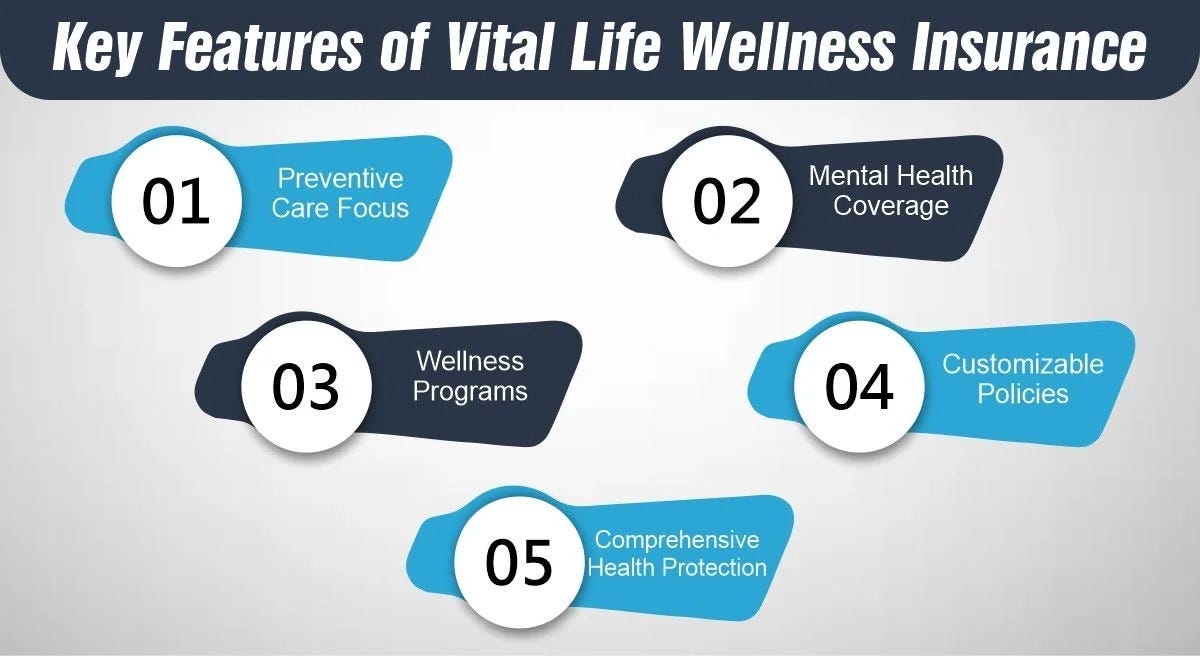
Understanding Health Insurance Plans
Health insurance plans come in various forms, each designed to meet the diverse needs of individuals, families, and businesses. Broadly speaking, health insurance can be categorized into several types, including:
- Health Maintenance Organization (HMO): HMO plans typically require individuals to choose a primary care physician (PCP) who serves as the primary point of contact for all healthcare needs. Referrals from the PCP are often necessary to see specialists, and out-of-network care may not be covered except in emergencies.
- Preferred Provider Organization (PPO): PPO plans offer more flexibility in choosing healthcare providers. While there is a network of preferred providers that offer discounted rates, individuals can also seek care outside the network, albeit at higher out-of-pocket costs.
- Exclusive Provider Organization (EPO): EPO plans combine elements of both HMOs and PPOs. Like HMOs, they typically require individuals to choose a primary care physician, but unlike HMOs, they do not require referrals for specialist care. However, coverage is limited to providers within the plan’s network, except in emergencies.
- Point of Service (POS): POS plans blend features of HMOs and PPOs, allowing individuals to choose a primary care physician and receive referrals for specialist care. While coverage is provided for both in-network and out-of-network care, individuals may pay higher out-of-pocket costs for services received outside the network.
- High-Deductible Health Plan (HDHP): HDHPs are characterized by lower monthly premiums but higher deductibles compared to traditional health insurance plans. These plans are often paired with Health Savings Accounts (HSAs), which allow individuals to save money tax-free for qualified medical expenses.
- Catastrophic Health Insurance: Catastrophic health insurance is designed to provide coverage for major medical expenses resulting from severe accidents or illnesses. These plans typically have low monthly premiums but high deductibles and are available primarily to individuals under 30 or those who qualify for a hardship exemption.
Key Considerations in Choosing a Health Insurance Plan
When selecting a health insurance plan, several factors should be carefully considered to ensure that the chosen plan meets one’s healthcare needs and financial circumstances:
- Coverage and Benefits: Evaluate the coverage offered by each plan, including services such as doctor visits, hospital stays, prescription drugs, preventive care, and maternity care. Consider whether the plan includes coverage for services that are important to you and your family.
- Costs: Compare the monthly premiums, deductibles, copayments, and coinsurance amounts associated with each plan. Assess your budget and financial resources to determine how much you can afford to pay for healthcare expenses.
- Network Providers: Check the list of in-network providers associated with each plan to ensure that your preferred doctors, specialists, and hospitals are included. Consider whether you are willing to switch healthcare providers to access network discounts.
- Prescription Drug Coverage: If you take prescription medications regularly, review each plan’s formulary to see which drugs are covered and at what cost. Consider whether the plan offers mail-order pharmacy services or discounts on prescription refills.
- Out-of-Pocket Maximum: Determine the maximum amount you would have to pay out of pocket for covered medical expenses in a given year. Plans with lower out-of-pocket maximums offer greater financial protection against high healthcare costs.
- Additional Benefits: Some health insurance plans may offer additional benefits such as wellness programs, telemedicine services, dental and vision coverage, and alternative medicine treatments. Evaluate whether these extras align with your healthcare preferences and needs.
- Coverage for Pre-Existing Conditions: Under the Affordable Care Act (ACA), health insurance plans are prohibited from denying coverage or charging higher premiums based on pre-existing conditions. However, it’s essential to verify that the plan covers any existing health conditions you may have.
- Annual Coverage Limits: Confirm whether the plan imposes any annual or lifetime limits on coverage for essential health benefits. Plans compliant with the ACA are required to provide coverage without such limits for essential services.
The Importance of Comprehensive Care
Comprehensive care encompasses a holistic approach to healthcare that addresses not only the treatment of illness and injury but also preventive measures, wellness promotion, and ongoing management of chronic conditions. Access to comprehensive care is vital for maintaining optimal health and well-being throughout the lifespan. Comprehensive health insurance plans play a crucial role in facilitating access to a broad range of healthcare services that support comprehensive care, including:
- Preventive Services: Comprehensive health insurance plans typically cover preventive services such as annual check-ups, immunizations, screenings, and counseling at little to no cost to the insured. These services are essential for detecting health issues early and preventing the onset of more severe conditions.
- Chronic Disease Management: Individuals living with chronic conditions such as diabetes, hypertension, asthma, and heart disease require ongoing medical care and management to prevent complications and improve their quality of life. Comprehensive health insurance plans often provide coverage for medications, specialist visits, and disease management programs tailored to these conditions.
- Mental Health and Behavioral Health Services: Mental health disorders and substance use disorders are prevalent health concerns that require comprehensive treatment and support. Comprehensive health insurance plans typically offer coverage for mental health services, including therapy, counseling, and psychiatric care, as well as substance abuse treatment programs.
- Maternity and Pediatric Care: Comprehensive health insurance plans include coverage for maternity care, prenatal services, labor and delivery, and postpartum care to support expectant mothers throughout pregnancy and childbirth. Additionally, these plans provide coverage for pediatric care, including well-child visits, vaccinations, and developmental screenings for infants and children.
- Emergency and Urgent Care: Accidents and sudden illnesses can occur unexpectedly, necessitating prompt medical attention. Comprehensive health insurance plans cover emergency room visits, urgent care services, and ambulance transportation to ensure that individuals receive timely care during medical emergencies.
- Rehabilitative and Habilitative Services: Following an injury, surgery, or illness, individuals may require rehabilitative services such as physical therapy, occupational therapy, and speech therapy to regain function and independence. Comprehensive health insurance plans often provide coverage for these services to facilitate recovery and rehabilitation.
- Alternative and Integrative Medicine: Some individuals prefer complementary and alternative therapies such as acupuncture, chiropractic care, massage therapy, and naturopathy to address their health concerns. Comprehensive health insurance plans may offer coverage for these services as part of a holistic approach to wellness.
By encompassing a wide range of healthcare services and benefits, comprehensive health insurance plans promote preventive care, early intervention, and continuity of care, leading to better health outcomes and reduced healthcare costs in the long term.
Conclusion
In conclusion, comprehensive care is essential for promoting health and well-being across the lifespan, and comprehensive health insurance plans play a crucial role in facilitating access to a broad range of healthcare services and benefits. By understanding the types of health insurance plans available, considering key factors such as coverage, costs, and network providers, and recognizing the importance of comprehensive care, individuals and families can make informed decisions to protect their health and financial security. Whether selecting a plan through an employer, a government exchange, or the private marketplace, it’s essential to prioritize comprehensive coverage that meets one’s healthcare needs and promotes optimal health outcomes. By investing in comprehensive care and adequate health insurance coverage, individuals can take proactive steps to safeguard their health and well-being in the face of life’s uncertainties.
 Accident Lawyers Offshore Accident Lawyers – Offshore Injuries & Jones Act Lawyer
Accident Lawyers Offshore Accident Lawyers – Offshore Injuries & Jones Act Lawyer



